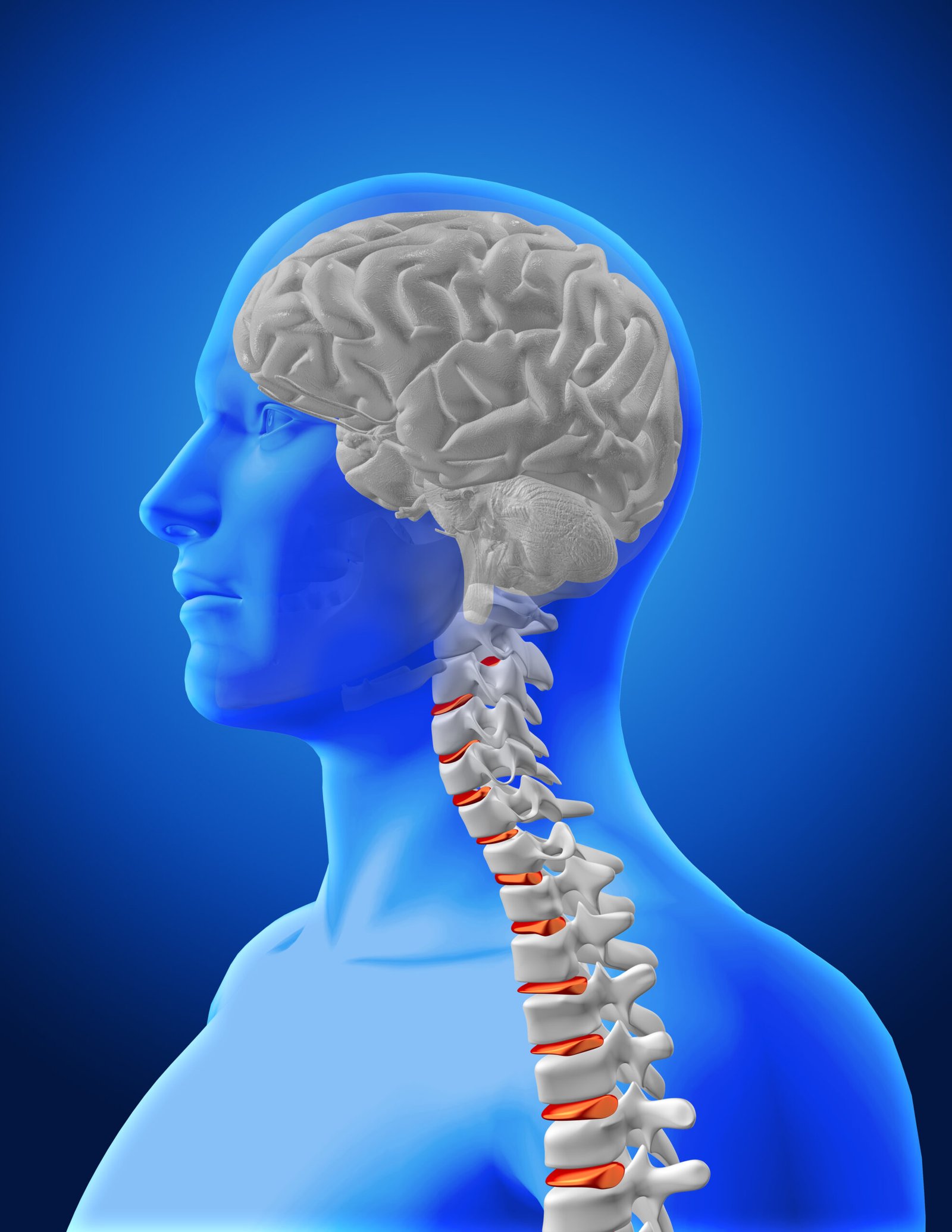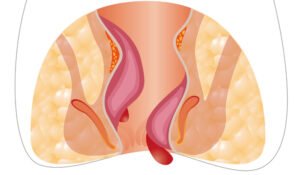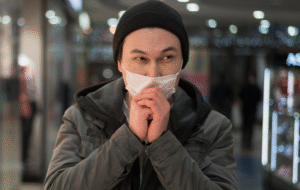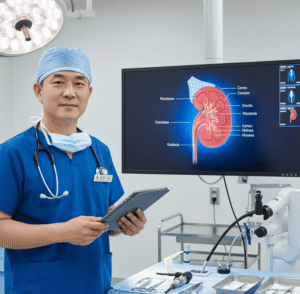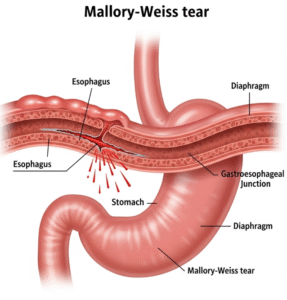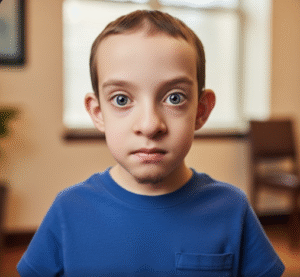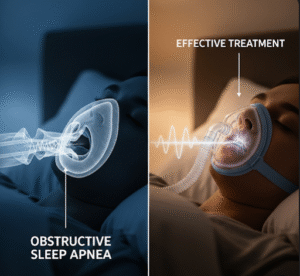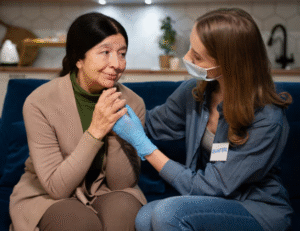Overview
Synostosis is a medical condition where two or more bones abnormally fuse together, either congenitally or due to injury, surgery, or disease. This fusion can affect mobility and lead to deformities or functional limitations. In Korea, diagnosis and treatment involve a collaborative approach using orthopedic, radiologic, and surgical expertise.
What is Synostosis?
Synostosis refers to the fusion of adjacent bones by osseous (bone) tissue. This condition can be:
- Congenital (present at birth) – often due to genetic abnormalities
- Acquired – caused by trauma, surgery, infection, or chronic disease
Types of synostosis include:
- Radioulnar synostosis – fusion of the radius and ulna bones in the forearm
- Tarsal coalition – fusion of foot bones
- Craniosynostosis – premature fusion of skull bones in infants
- Carpal or tarsal synostosis – fusion of wrist or ankle bones
- Spinal synostosis – fusion between vertebrae
Symptoms
Symptoms vary based on the location and extent of the fusion but may include:
- Limited joint movement
- Pain or discomfort
- Abnormal gait (for foot fusions)
- Visible deformities
- Neurological symptoms (in craniosynostosis or spinal synostosis)
- Muscle imbalance or weakness
Causes
- Genetic mutations (e.g., in FGFR genes for craniosynostosis)
- Trauma or fractures that heal with abnormal bone growth
- Post-surgical complications (e.g., unintended bone fusion)
- Infections or inflammation
- Bone overgrowth disorders
Risk Factors
- Family history of congenital bone conditions
- Genetic syndromes (e.g., Apert syndrome, Crouzon syndrome)
- Previous orthopedic surgery
- Repeated bone trauma
- Inadequate post-operative rehabilitation
Complications
- Functional impairment
- Pain during movement
- Abnormal bone development
- Neurological problems (in cranial or spinal synostosis)
- Need for corrective surgery
- Psychological stress due to deformity or disability
Prevention
- Prenatal screening and genetic counseling for high-risk families
- Proper fracture management to avoid bone overgrowth
- Post-operative care to prevent unintended bone fusion
- Early detection and monitoring in at-risk children
Treatment Options in Korea
South Korea offers state-of-the-art diagnostic tools and surgical procedures for managing synostosis across its major hospitals and orthopedic centers.
Diagnosis
- X-rays and CT scans to visualize bone fusion
- MRI for detailed soft tissue and neurological assessment
- Genetic testing for congenital or syndromic cases
- 3D modeling and printing used in surgical planning
Treatment Approaches
- Conservative Management
- Observation in cases with mild symptoms
- Physical therapy to maintain function
- Pain management if needed
- Surgical Correction
- Osteotomy (surgical cutting of bone) to separate fused bones
- Bone grafting or spacers to prevent re-fusion
- Cranial vault remodeling for craniosynostosis
- Decompression for neural involvement in spinal synostosis
- Rehabilitation Therapy
- Post-surgical rehabilitation to restore movement
- Occupational therapy for daily function adaptation

